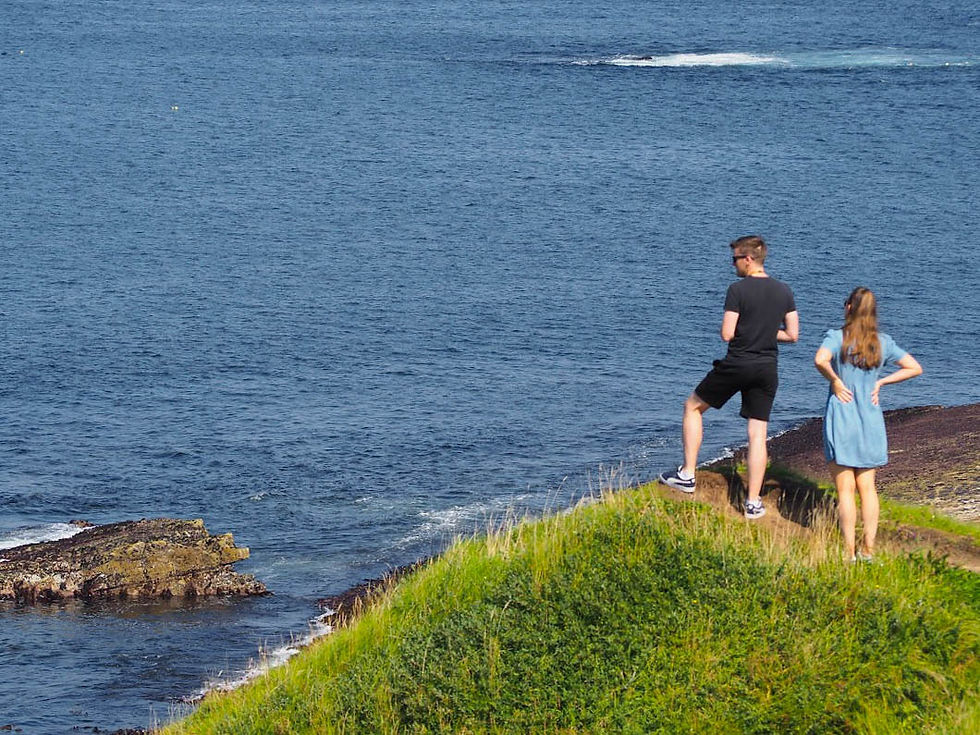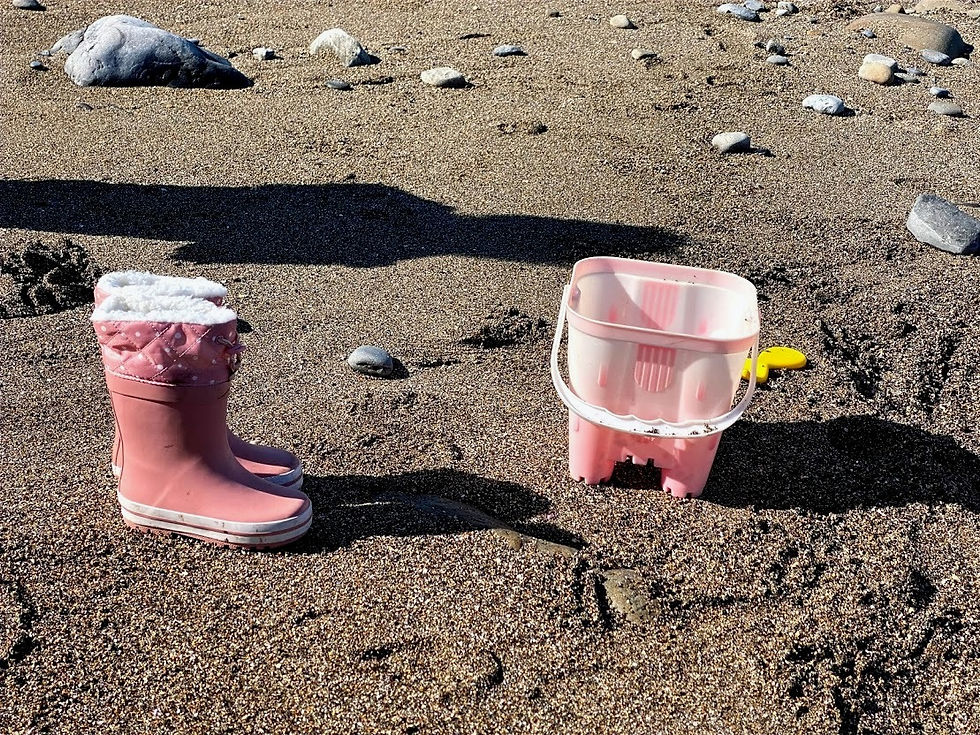How Including an Awesome Subject Can Immediately Improve Your Photography
- WildWillowWays

- Sep 9, 2021
- 4 min read

“For me, the subject of the picture is always more important than the picture,” – Diane Arbus
This quote from controversial American photographer Diane Arbus helped me to realise the importance of subject in photography.*
Most photography instructors will say that having a definite subject in your images will help to make them more appealing to the viewer.
This is true in nearly all types of photography, with the possible exception of abstract photography.
And if that subject happens to be something awesome, then you are immediately on to a winner.
Awesome subjects can be hard to find, or even recognise, but that doesn’t mean we shouldn’t try to find them.
It is probably true to say that in street photography subject is everything. It is through subject that we tell our story and working in this genre has helped me to seek out more interesting subjects in all areas of photography.
While in many areas of photography the subject is a person, this does not have to be the case and our chosen subject can be any number of things - an object of any kind, an animal, a tree or a plant. The subject can even be a cloud formation in the sky, an unspoiled reflection in a lake or a beautiful sunrise or sunset where the colour itself is the subject.
The subject can be something unusual, something unexpected in a particular location, something that might not immediately show its beauty.
What we need is to have something definite to draw the viewer’s eye and lead them into the image.
In the image below there is no real subject; there is nowhere for the viewer to focus, nothing to lead the viewer into the rest of the frame. Without that the viewer will not linger, there is nothing interesting to hold their attention.

In the following image, taken in the same place, I looked around for a subject, something that would attract the viewer’s eye and perhaps encourage them to linger in the photograph and look beyond the immediate subject to the distant mountain.

Similarly, in the scene below the image benefits from having human subjects.

Finding a suitable subject is an aspect of photography that I have struggled with at times.
I have tended to take my photograph of a scene in front of me without asking myself what exactly it is that I am focusing on, and those images would undoubtedly be passed by without a second glance.
But when I consciously try to find an interesting subject, my images are more appealing to myself, and hopefully also to others.
Ask yourself, what exactly is my focus?
If I can say exactly what it was that I focused on in my images, then chances are I have a definite subject.
In this image my focus was on the dead tree. It is larger than everything else in the frame, which is a choice I made to give my subject priority in the image...

In this shot I focused on the lights of the village as the sun set...

My subject here was the old building bathed in the morning light...

I liked the way the boat lay idle along the water’s edge, so I made it my focus here…

I loved this scene of canoes left against a wall, and I felt they had a story to tell…

In this bed of wildflowers, instead of taking a shot of the whole bed, or even a bunch of the flowers, I thought that picking out one flower, and making that the subject, might be most effective…

I often seek to tell a story with my subject...

Sometimes my subject is a part of something rather than the whole object, and I give that priority in the frame...

In my mind I try to ask myself, what am I focusing on here? This gives me the best chance of having a well-defined subject.
I made the stone the focus in this shot...

Knowing what it is we want to shoot when we arrive at our photography location is an important part of the image making process.
When I went to this location recently I didn’t go just to ‘take some photographs’, I went with certain images in mind.
I wanted one of my subjects to be the sunset over the boats, I also wanted to capture the pier in the soft evening light, and I also knew that there would be other interesting subjects.



Dun Laoghaire, Co. Dublin
Having said that, I am always open to the opportunities a location might offer and am never too rigid in my expectations, but having certain images in mind on this occasion helped me to find and focus on definite subjects.
Conclusion
The subject in your image is usually the first thing the viewer sees when he or she looks at the image.
Having a strong subject , or more than one subject, in your images is important to ensure that the viewer pauses to take a closer look.
A subject doesn’t have to be human, but it should be something that catches the viewer’s eye.
If you ask yourself each time what your subject is, you will have more chance of including a strong subject in your image.
When you have a definite subject in your images, you are more likely to end up with images that you will want to keep, perhaps edit a little, and show to others. I find that when I don’t do this, I often end up with ‘nothing’ images that I want to discard and that no amount of editing can salvage and make interesting.
Trying to ensure that I have at least one subject in my images is a lesson that I want to keep to the forefront of my mind as I progress in my photography journey.
Do you agree that the best images have definite subjects?
Let us know in the comments
If you found this post useful, please share.
-------------------------------------------------------------------------------------------------------------------------------
* Diane Arbus was a documentary photographer whose subjects were mostly people. Her images were not easy, pleasant-to-look-at images. She didn’t reveal the beauty in everyday life. Instead, her images portrayed humanity in all its humanness, even its perverseness, and at the same time her photographs demonstrate the primacy of subject because her subjects speak for themselves, they tell their own stories of fear, misery, rawness, hope. Her photographs of American men, women and children often had a darkness to them, and she became known primarily for her striking black and white images of social ‘outsiders’.






Comments